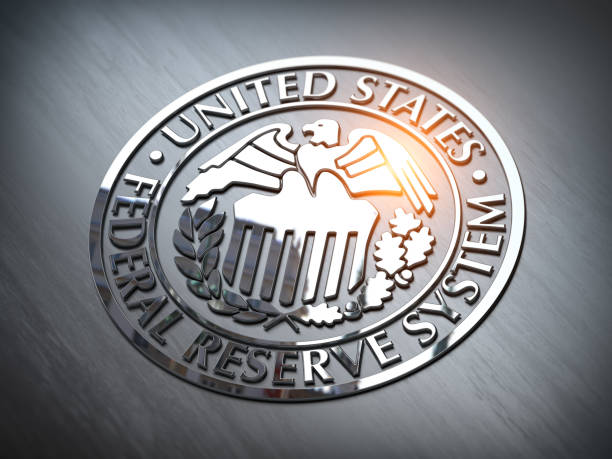Australia, NZ dollars suffer setback, NZ food prices shock

By Wayne Cole
SYDNEY, Aug 15 (Reuters) - The Australian and New Zealand dollars were back on the defensive on Friday after a high reading on U.S. producer inflation quashed talk of aggressive rate cuts there and boosted the greenback.
That left the Aussie nursing bruises at $0.6497 AUD=D3, having fallen 0.8% overnight to wipe out two days of gains. It did find support at $0.6483, but was now a long way for the week's top of $0.6568.
The kiwi dollar huddled at $0.5918 NZD=D3, after shedding almost 1% overnight to as low as $0.5910. Resistance is up at $0.5996, with more support around $0.5885.
Data from New Zealand contained some unwelcome news on inflation as food prices rose 0.7% in July to be up 5% on a year earlier, with butter alone rising 42% and cheese 30%.
There were also sharp increases in electricity costs, petrol, air travel and holiday accommodation. One bright spot was a slowdown in rents, which account for a large slice of CPI.
With the economy sluggish and plenty of spare capacity on the supply side, analysts still assume the Reserve Bank of New Zealand will cut rates again when it meets next week.
Markets imply a 95% chance of a quarter point reduction in the official cash rate to 3.0%, and perhaps one further move to a floor of 2.75% early next year. 0#NZDIRPR
Attention will be on its outlook for the economy and whether the path of the OCR is lowered from the 2.9% projected back in May, which is seen as the lower end of neutral.
"Higher food prices and continued increases in administered costs like rates, mean that inflation is likely to rise to around 3% before the end of this year, higher than the RBNZ had previously forecast," noted Kelly Eckhold, chief NZ economist at Westpac.
"We don't expect a significant change in the RBNZ’s OCR profile, which is still likely to indicate a chance of a further cut in November," he added. "Beyond this meeting a data-dependent easing bias seems likely."
Jarrod Kerr, chief economist at Kiwibank, thinks the RBNZ will be more dovish and lower the OCR floor to 2.75% or even 2.6%.
"The weakness in the economy demands stimulus," he said. "With all the risks offshore, and the pain still felt onshore, there's a good argument to be made for taking policy into stimulatory territory ASAP. An argument that is growing in support."







